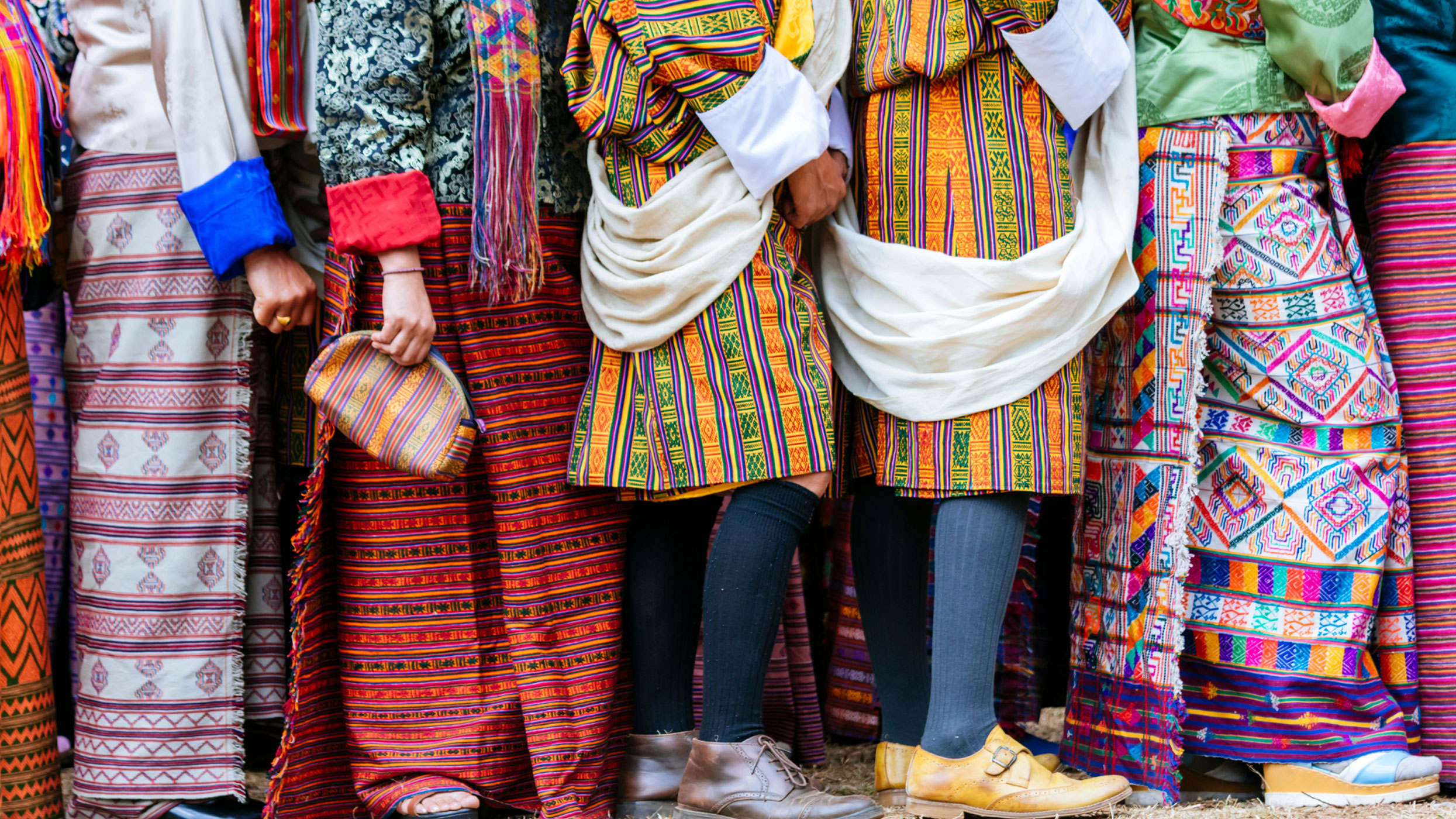Clothing and the Cross in the Context of Shame: Clothing and Shame

In many cultures, clothing holds profound significance, often reflecting one’s status, identity, and dignity.1 The Bible extensively uses the imagery of clothing and nakedness to convey deeper spiritual truths about humanity’s relationship with God.2 The theme of clothing and shame, as it intersects with the cross of Christ, reveals pivotal insights into human dignity and redemption.
The Fall: Nakedness and Shame
The concept of shame first appears in the Bible in the narrative of Adam and Eve. In Genesis 3:7, after eating the forbidden fruit, “the eyes of both of them were opened, and they realized they were naked; so, they sewed fig leaves together and made coverings for themselves.” This act of covering themselves highlights a newfound awareness of their vulnerability and shame.
Before the Fall, Adam and Eve “were both naked, and they felt no shame” (Genesis 2:25). Their innocence and lack of shame illustrate an original state of purity and unbroken communion with God. The transition from shameless nakedness to the need for covering marks the entrance of sin into the human experience, distorting the original divine intention for humanity.
God’s Provision: The First Garments
God’s response to Adam and Eve’s shame is both corrective and redemptive. Genesis 3:21 states, “The Lord God made garments of skin for Adam and his wife and clothed them.” This act of clothing by God signifies a compassionate covering of their shame and a foreshadowing of the ultimate redemption.
Augustine of Hippo, an important 5th-century theologian, reflects on this event. He explains that the covering of skin is a sign of mortality, a reminder that death came into the world through sin. Yet, it also prefigures the covering of grace through Christ.3 Here, Augustine underscores the dual nature of God’s act—addressing immediate physical shame and pointing to future spiritual restoration.
Garments of Salvation: Prophetic Imagery
Throughout the Old Testament, clothing continues to symbolize purity, status, and transformation. The prophet Isaiah says, “I will greatly rejoice in the Lord, my soul shall exult in my God; for he has clothed me with the garments of salvation, he has covered me with the robe of righteousness” (Isaiah 61:10). This imagery anticipates the redemptive work of the Messiah, where clothing represents divine righteousness bestowed upon humanity.
This prophetic vision finds its fulfillment in Christ, whose life, death, and resurrection offer believers a new garment of righteousness. The New Testament frequently employs this imagery to convey the transformative power of salvation. Paul writes, “For all of you who were baptized into Christ have clothed yourselves with Christ” (Galatians 3:27). Here, clothing with Christ symbolizes a new identity and restored relationship with God.
The Cross: Shame Transformed
The crucifixion of Jesus is a profound moment where shame and clothing converge. Stripped of his garments and exposed to public humiliation, Jesus bore the ultimate shame on the cross. This act of vulnerability and sacrifice becomes the means through which human shame is redeemed.
Hebrews 12:2 reflects on this paradox: “For the joy set before him, he endured the cross, scorning its shame, and sat down at the right hand of the throne of God.” Jesus’ willingness to endure shame transforms it, providing a pathway to honor and redemption for humanity. In Asian cultures, where concepts of honor and shame are deeply ingrained, this aspect of the cross resonates powerfully. The cross offers not just forgiveness but a restoration of dignity and honor, a new identity in Christ that transcends cultural and societal shame.
Clothed in Christ: New Identity
The epistles emphasize the transformative nature of being “clothed in Christ.” Paul writes in Colossians 3:12, “Therefore, as God’s chosen people, holy and dearly loved, clothe yourselves with compassion, kindness, humility, gentleness, and patience.” This call to embody Christ’s virtues reflects a new identity that believers are to live out, shedding the old self and its associations with shame.
John Calvin, another significant 16th century theologian, expounded on this Christian transformation. For him, to be clothed in Christ is to be seen and accepted by God, not in our own righteousness, which is but filthy rags, but in the perfect righteousness of Christ.4 Calvin highlights the fundamental shift from human effort to divine provision, where our standing before God is secured by Christ’s righteousness alone.
Asian Context: Honor and Shame
The intersection of clothing and shame holds significance in Asian cultures, where concepts of honor and shame are deeply embedded. Clothing often serves as an outward manifestation of social status, family honor, and cultural identity. Shame generally emerges as a result of falling short, and in many cases involves viewing oneself as defective or inadequate in relation to others. In many Asian societies, maintaining a certain appearance is crucial to upholding not only one’s personal reputation but also family and social honor. This can lead to intense pressure to conform to societal expectations, often resulting in feelings of shame if one fails to meet these standards (see, for example, Asian Shame, Discovering the Honor-Shame Cultural Paradigm).
The gospel’s message of being clothed in Christ’s righteousness addresses these cultural realities by offering a profound sense of honor and belonging. The biblical narrative of redemption through Christ provides an answer to the pervasive feelings of inadequacy and dishonor, affirming each person’s worth and dignity in God’s eyes.
Conclusion
The theme of clothing and shame, as explored through biblical narratives and theological reflections, reveals a profound truth about human dignity and redemption. From the fig leaves of Adam and Eve to the garments of salvation promised by the prophets, and ultimately to being clothed in Christ, the Bible offers a redemptive story that addresses humanity’s deepest needs for acceptance and honor. In the context of Asian cultures, this message resonates deeply, providing a transformative understanding of identity and worth in Christ. Through the cross, shame is not only borne but transformed, offering believers a new garment of righteousness that reflects God’s unwavering love and grace.
- 1 Fatjri Nur Tajuddin, “Cultural and Social Identity in Clothing Matters ‘Different Cultures, Different Meanings’,” European Journal of Behavioral Sciences 1, no. 4 (2018): 21-25.
- 2 Benjamin Marx, “Clothing and Exchange of Garments in the Bible, as a Picture of God’s Dealings with His People,” Evangelical Review of Theology, 45, no. 1 (2021): 69-77.
- 3 Augustine of Hippo, “The City of God,” in St. Augustin’s City of God and Christian Doctrine, ed. Philip Schaff, trans. Marcus Dods, vol. 2, A Select Library of the Nicene and Post-Nicene Fathers of the Christian Church, First Series (Buffalo, NY: Christian Literature Company, 1887), 257-258.
- 4 John Calvin and Henry Beveridge, Institutes of the Christian Religion, vol. 2 (Edinburgh: The Calvin Translation Society, 1845), 300-332.

